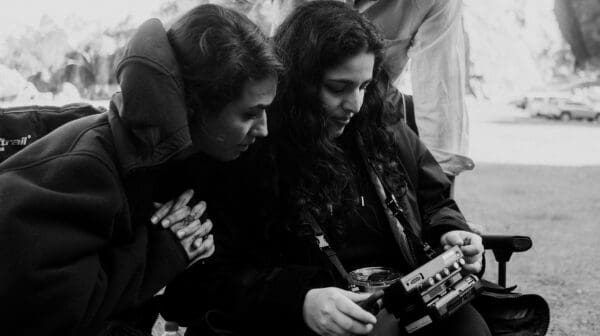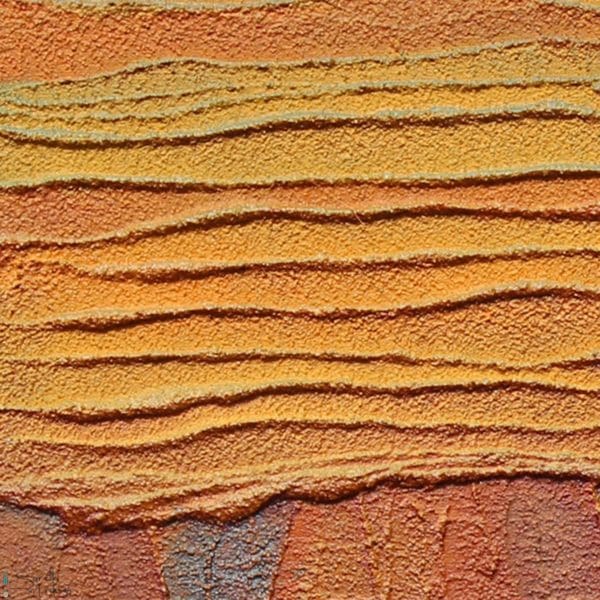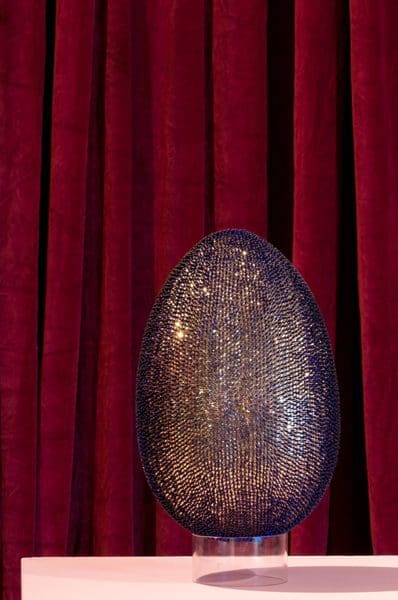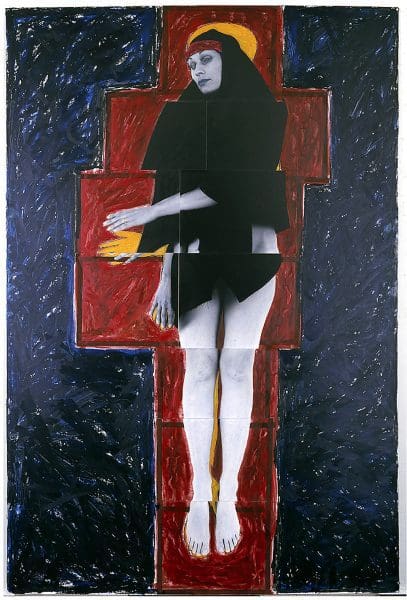
Finding New Spaces Together
‘Vádye Eshgh (The Valley of Love)’ is a collaboration between Second Generation Collective and Abdul-Rahman Abdullah weaving through themes of beauty, diversity and the rebuilding of identity.






Hunter Red: Razzamatazz | The Theatre of Art in the Hunter Collections, Wendy Sharpe, Circus Oz, 2016 (detail), Gouache and pencil on Chinese rice paper, 55 x 750cm (book), Purchased by Maitland Regional Art Gallery with funds from the Estate of Peter Elliott, 2017 © Wendy Sharpe Maitland Regional Art Gallery Collection.


HUNTER RED: Corpus, Newcastle Art Gallery, Juz Kitson, born 1987 Sydney NSW, Thousands of words exist silently in your memory, 2017, hand blown glass, merino wool, rabbit fur, polyester string, marine, ply and treated pine, 200.0 x 78.0 x 60.0cm. Artist collection. Courtesy the artist and Greenaway Gallery / GAG Projects Adelaide.
A unique and unprecedented collaboration between four galleries in the Hunter region, the Hunter Red suite of exhibitions aims to celebrate the Indigenous culture, social diversity, iconoclastic spirit and creative flamboyance of this growing area of NSW.
The Lake Macquarie City Art Gallery show, Re(A)d Earth, explores Aboriginal connection to land and the notion of ‘reading’ country. At Newcastle Art Gallery, Corpusconsiders representations of the body and the notion of ‘other’. Maitland Regional Art Gallery’s show, Razzamatazz, displays a range of theatrical, fantastical and playful artworks from the region, while the Lock Up in Newcastle is hosting Seeing Red, which aims to reflect the city’s political activism and history of protest.
Arguably the most wide-ranging and ambitious of the exhibitions is Re(A)d Earth. Among the Hunter-based Aboriginal artists participating are Doug Archibald, Carole Hartwig, Saretta Fielding, Damian Smith and Nicole Chaffey. A number of Elder artists are also involved, with Aboriginal groups from both the local region and across Australia represented in the exhibition.
“The project taps into the shared wisdom of Aboriginal nations and exemplifies the complexity and diversity of our mutual land,” says curator Donna Biles-Fernando, who developed the exhibition in partnership with the Aboriginal Reference Group.
Diversity is the key word, with Re(A)d Earth designed to represent the Australian Indigenous experience as widely as possible, not to mention a range of styles and medias.
“I wanted to explore the diversity of Aboriginal artists’ practice and the use of traditional or new media in traditional or new ways. ‘Contemporary’ does not have to mean a divergence from cultural practice and lore,” Biles-Fernando explains. “The diversity of works comes from the differing ages, sexes and Aboriginal nations represented. From our Elder works through to our younger emerging artists, each piece was chosen to highlight the out-of-the-box nature of Aboriginal art practice. Canvas meets film meets luminous glass meets masterful pottery.”

Among the works that Biles-Fernando is particularly excited about is Chaffey’s striking commissioned painting The Killing Song, 2018, an allegory of white man’s appropriation of land and dismissal of spirit. She also notes Archibald’s film installation Toe Yirannalai, 2018, which references the little-known story of the Singing Cliffs of Newcastle, which have been battered by both erosion and modern earthworks.
A work that expresses a profound spiritual connection with the landscape of the Hunter region is Fielding’s Puna Borii, 2018, a painting inspired by the sandstone engravings found in the area. Another highlight is the adventurous piece by Jonathan Jones, 68 Fletcher, Bondi, 2003, which aims to recreate the mood of the beachside suburb at night though domestic light bulbs that hang from extension cords down the gallery walls.

One could say Re(A)d Earth thematically incorporates various aspects of the three other Hunter Red exhibitions: a strong political message can be found here, as can wild imagination and colour and a physicality that expresses a kinship between body and earth.
“Colour, movement, ritual, custom and contemporary praxis bring a freedom of expression so often denied to Aboriginal people across many avenues in Australian society,” says Biles-Fernando.
Hunter Red: Re(A)d Earth
Lake Macquarie City Art Gallery
26 May – 22 July
Hunter Red: Razzamatazz
Maitland Regional Art Gallery
5 May – 22 July
Hunter Red: Corpus
Newcastle Art Gallery
26 May – 22 July
Hunter Red: Seeing Red
The Lock Up
26 May – 1 July